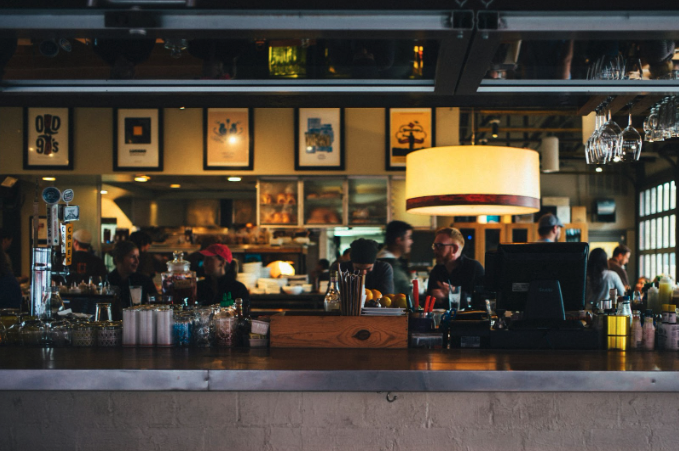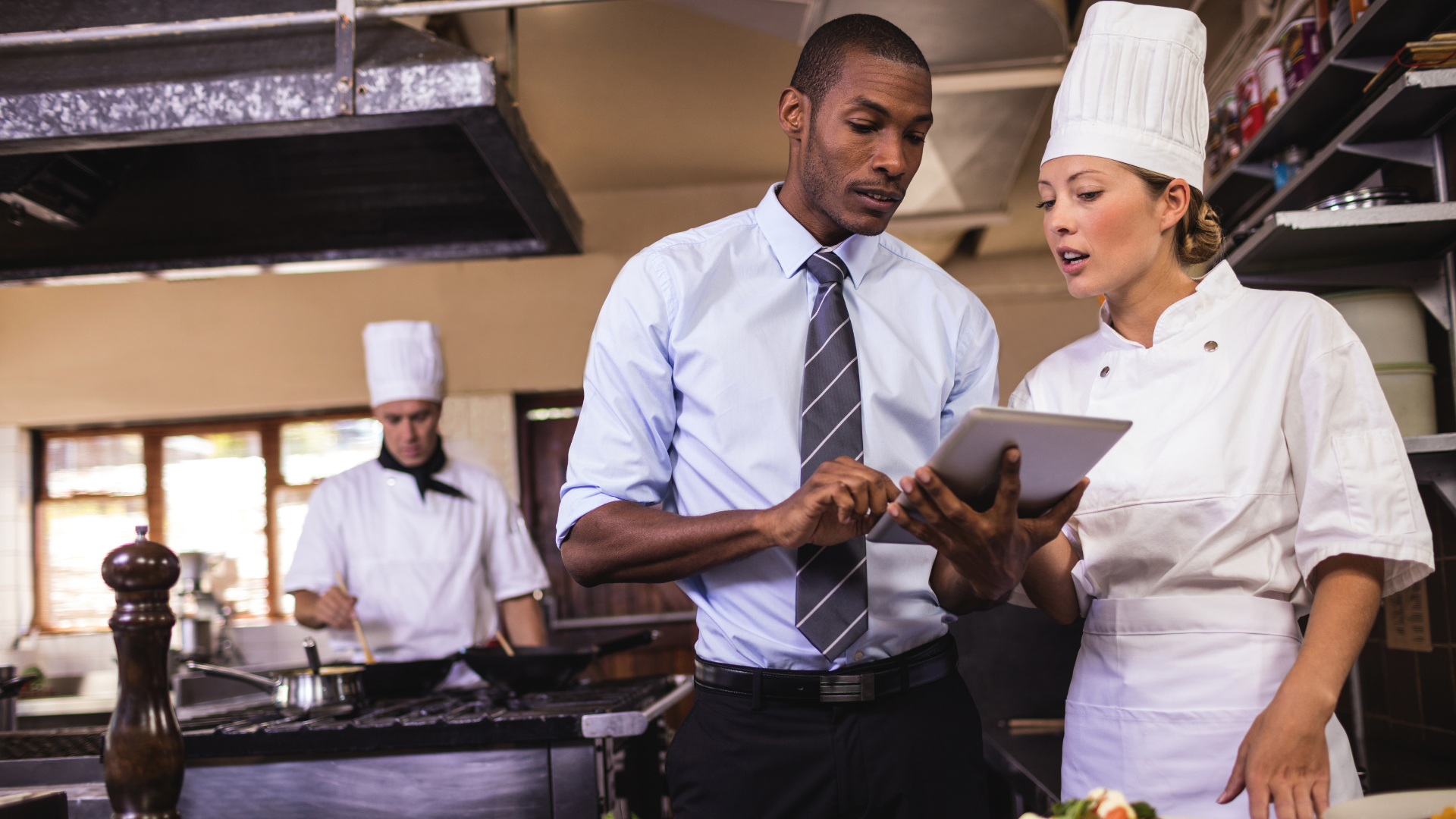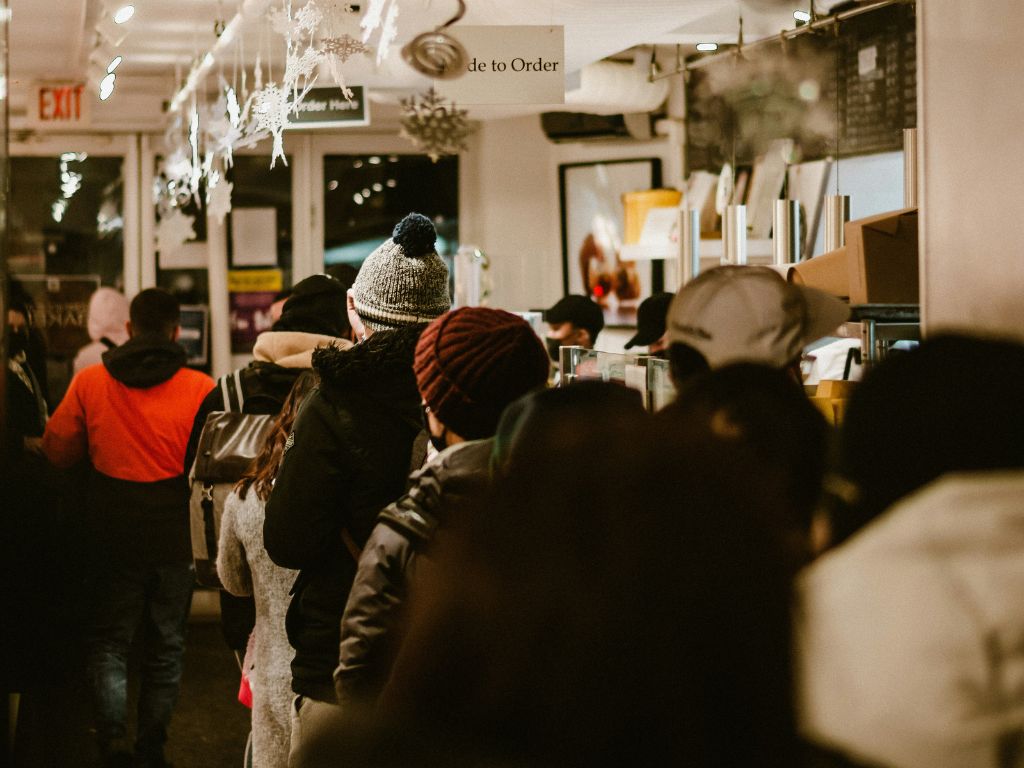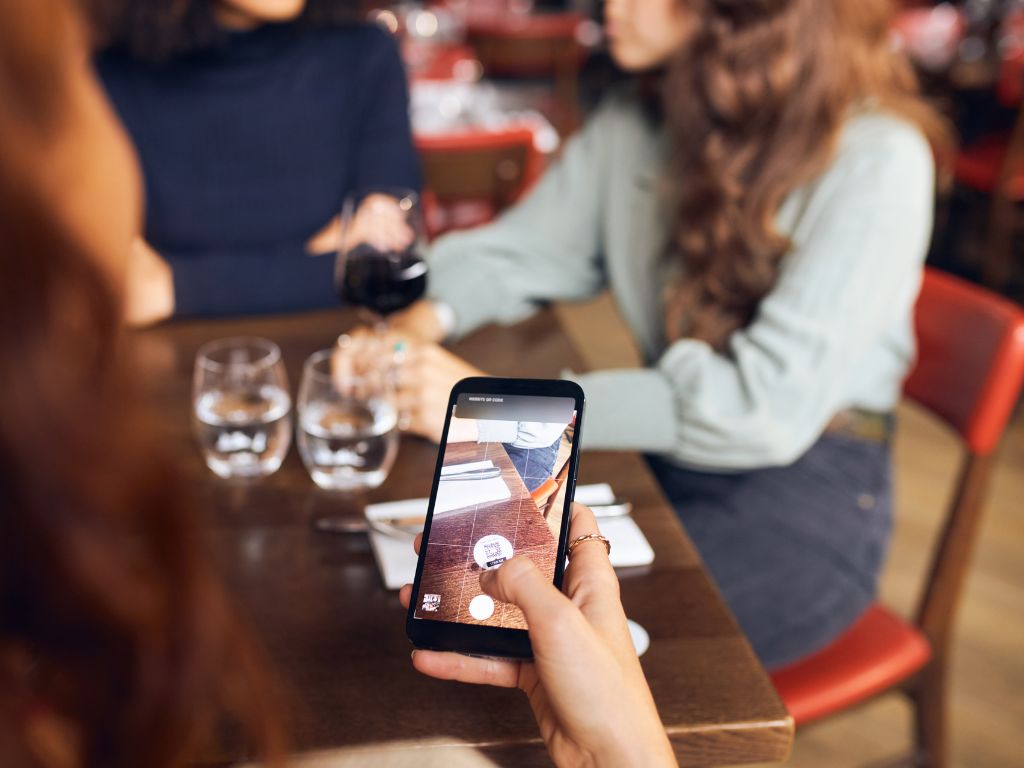Self-ordering vs. traditional ordering: which solution best meets customer expectations in 2025?
03 March 2025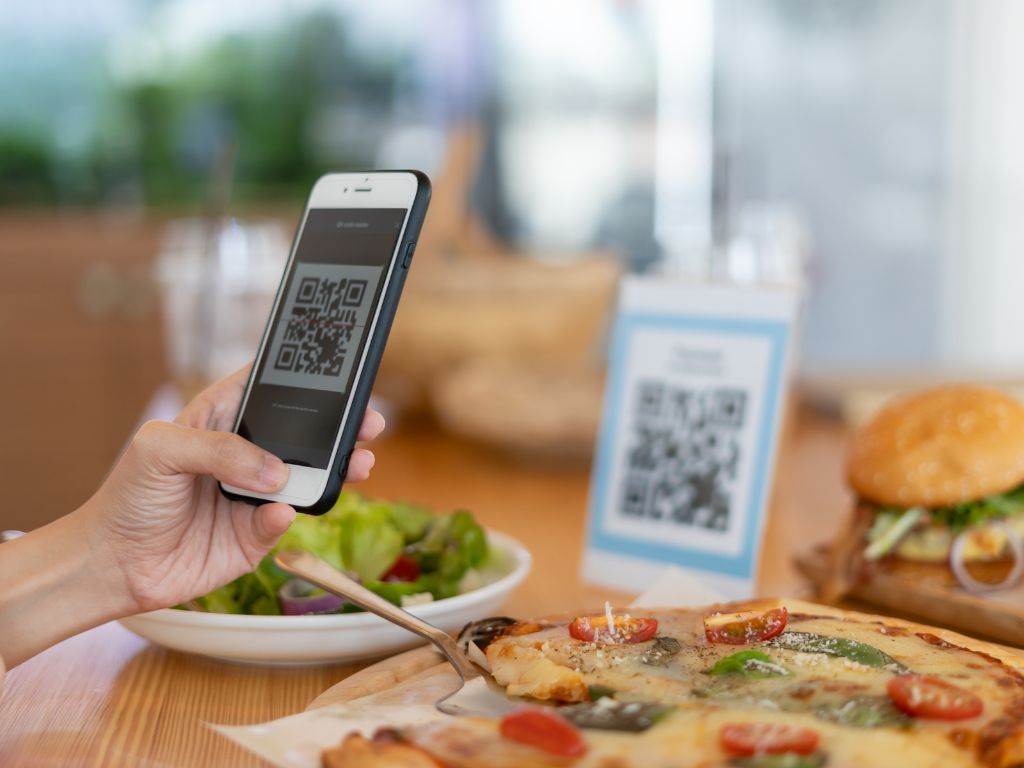
In 2025, customers have never had so many ways to order a meal. Some are looking for a chat with a waiter, time to ask questions and let themselves be guided. Others want a quick order, without waiting for someone to come to their table.
Faced with these new habits and recruitment challengesrestaurant owners have to adapt.
Should we bank on self-ordering to streamline service and optimize resources, or keep the classic order-taking process to preserve traditions? And above all, which solution best meets customer expectations?
This article reviews the advantages and limitations of each approachbased on industry trends.
What is self-ordering in catering?
Self-ordering means an autonomous order-taking system where the customer places an order directly via a digital interface, without interacting with a server. These may include interactive terminalsof QR codes scannables sur table or a mobile application that lets you order and pay in just a few clicks.
First adopted by fast food and food courtsself-ordering is gaining ground in all types of establishments: breweries, bars and even hotels. It speeds up service, prevents ordering errors and optimizes kitchen workflow.
What are customers' expectations in 2025?
Customers have never been so demanding about waiting times. In 2025, anything that slows down an order is a hindrance: a queue that's too long, a waiter who's difficult to talk to, a payment that takes too long... Establishments that optimize service flow have an immediate advantage.
But fast doesn't mean impersonal. Efficiency must go hand in hand with a quality experience. A customer who scans a QR code or uses a kiosk wants a well-thought-out journey: a clear interface, simplified steps, immediate payment.
If it's too long or too complicated, he picks up.
Flexibility is also a key criterion. Some customers prefer to order themselves and be served within minutes. Others want to ask questions and receive advice.
A good service in 2025 will be a mix of autonomy and support.
Want to find out more?
Traditional ordering: reassuring human service
Human contact remains a key element in the restaurant business. Customers like to talk to our teams, especially regulars. A good waiter captures expectations, adapts his recommendations and creates a relationship that goes beyond simply taking an order.
For some, it's a landmark. An indecisive customer, a dish that needs clarification, an allergy : the waiter plays a role that digital cannot totally replace. In a gourmet restaurant or a traditional brasserie, this interaction is part of the experience.
But this model has its limits. Ordering errors do occur, service can slow down at peak times and experience varies according to staff availability. A crowded restaurant on a Saturday night also means longer waits and the risk of frustration for the customer.
The challenge is not to pit traditional ordering against digitalization, but to know where to place the human element so that it adds value, without hampering service.
Self-ordering: optimizing the customer experience
Order now, choose at your own pace, pay in just a few clicks: self-ordering adapts to the habits of customers who want speed and autonomy. It also meets a major challenge for restaurateurs: staff shortages.
The benefits of self-ordering
✔ An order without waiting : customers place their orders as soon as they're ready, without having to depend on the availability of a server.
✔ Fewer errors : each order is recorded directly by the customer, reducing transcription errors and oversights.
✔ A higher average basket : By integrating automatic suggestions (supplements, accompaniments, formulas), self-ordering naturally boosts additional sales.
✔ Time-saving for staff: Instead of taking orders, the team can concentrate on reception, room service and customer satisfaction. A real asset in times of understaffing.
✔ More fluidity in the kitchen: orders arrive continuously, without the jerks associated with manual control.
The limits of self-ordering
➜ Less human interaction if the tool completely replaces staff. In an establishment that focuses on customer service and advice, it's best to see it as a complement rather than a substitute.
➜ Uneven adoption if the interface is poorly thought out. Intuitive design, clear explanations and available support are essential elements to consider when choosing a solution.
➜ An initial investment if the tool is not adapted to the restaurant's volume. A kiosk, an application or a QR code do not have the same cost, and the return on investment depends on the operating model.
A solution that frees up time without dehumanizing service
Self-ordering is not an end in itself. a lever for streamlining service and optimizing resources, especially in a context of labor shortages. It works perfectly in fast-food restaurants, food courts and establishments where speed is a key criterion.
In a restaurant with table service, it can be an asset to complement the staff, giving customers the choice of ordering alone or accompanied.
The aim is not to automate for the sake of automating, but to eliminate irritants: queues, errors, lack of staff availability. Restaurants that integrate it intelligently gain in fluidity and profitability, without sacrificing human contact.
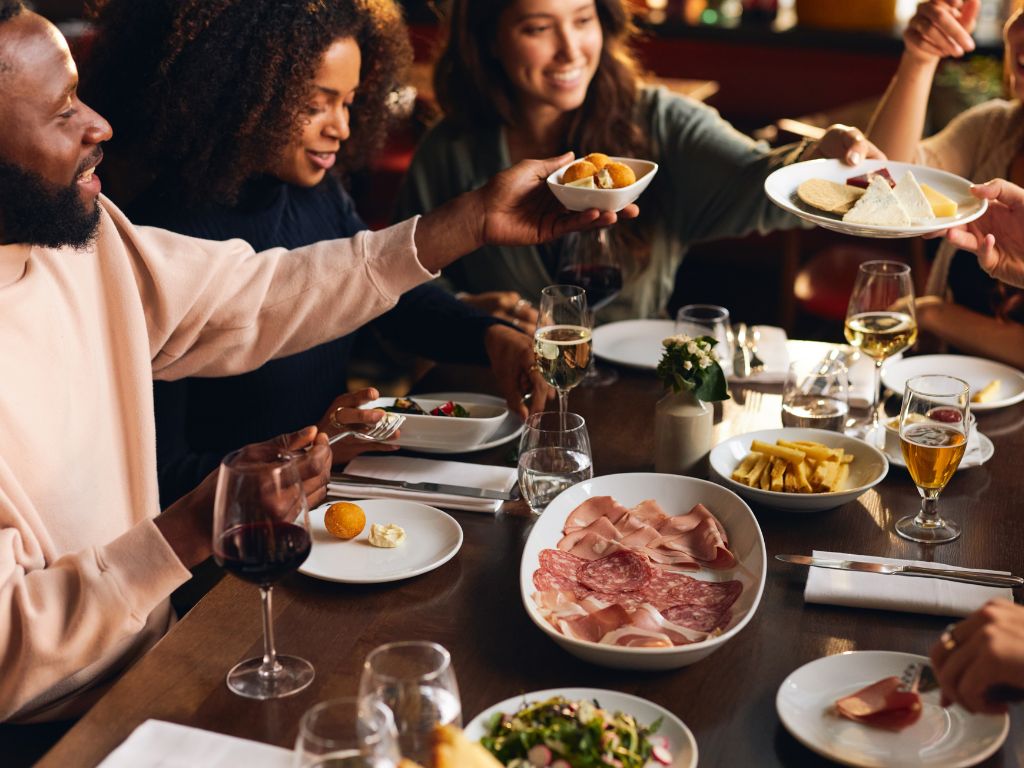
The future of foodservice is hybrid
Opposing self-ordering and traditional ordering doesn't really make sense anymore. Customers want choice: to be able to order quickly when they're in a hurry, but also to interact with a waiter when they feel like it.
For restaurateurs, the key is to adopt a hybrid approach. Letting the customer decide on his or her own path means offering a smoother, more personalized experience.
Self-ordering during rush periods, conventional order-taking for customers who prefer human contact... The two models complement each other.
What counts is eliminating friction: reducing waiting times, minimizing errors and freeing up staff time. When properly integrated, digital technology doesn't replace people, it enhances them.
Questions about self-ordering? Our experts can help you choose the right solution for your facility. Contact our team to find out more.









